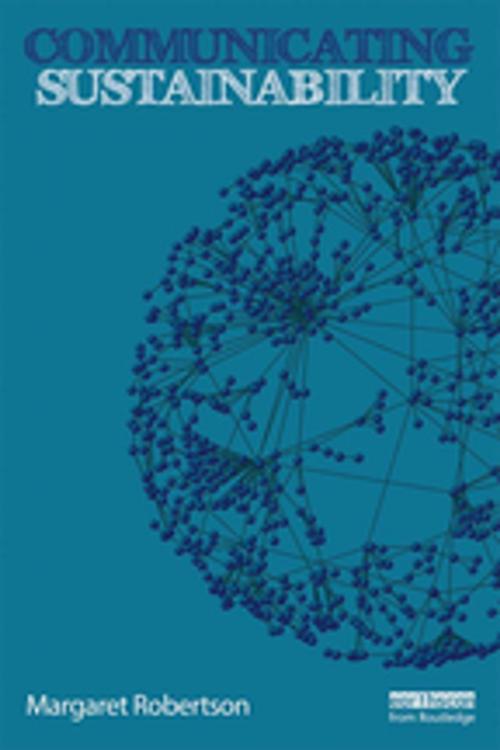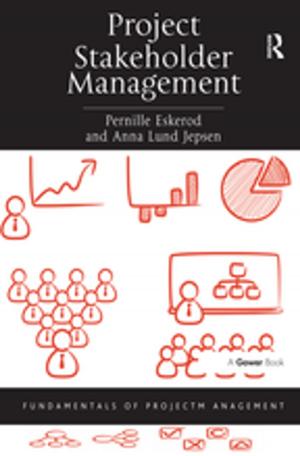Communicating Sustainability
Business & Finance, Economics, Sustainable Development, Nonfiction, Social & Cultural Studies, Political Science, Government, Public Policy| Author: | Margaret Robertson | ISBN: | 9781317332770 |
| Publisher: | Taylor and Francis | Publication: | July 27, 2018 |
| Imprint: | Routledge | Language: | English |
| Author: | Margaret Robertson |
| ISBN: | 9781317332770 |
| Publisher: | Taylor and Francis |
| Publication: | July 27, 2018 |
| Imprint: | Routledge |
| Language: | English |
Communicating Sustainability is a book of evidence-based strategies for making sustainability vivid, accessible, and comprehensible. To do this, it brings together research from a range of specialties including cognitive psychology, visual perception, communication studies, environmental design, interpretive exhibit design, interpretive signage, wayfinding, storytelling, courtroom litigation, information graphics, and graphic design to illustrate not only what approaches are effective but why they work as they do.
The topic of sustainability is vast and complex. It interconnects multiple dimensions of human culture and the biosphere and involves a myriad of systems and processes, many of which are too large, too small, too fast, or too slow to see. Many people find verbal explanations about all of this too abstract or too complicated to understand, and for most people the concepts of sustainability are regarded as quirky, peripheral, and not essential to everyday life. Yet the challenges of sustainability concern the very survival of most species of life on Earth, including the human species. In order for life as we know it to survive and thrive into the future, sustainability must become broadly understood—by everyone, not just activists or specialists. This book offers tools to help make complex systems and nuanced, abstract ideas concrete and comprehensible to the broadest range of people. The goal of communication, and of this book, is to build understanding.
Communicating Sustainability is a book of evidence-based strategies for making sustainability vivid, accessible, and comprehensible. To do this, it brings together research from a range of specialties including cognitive psychology, visual perception, communication studies, environmental design, interpretive exhibit design, interpretive signage, wayfinding, storytelling, courtroom litigation, information graphics, and graphic design to illustrate not only what approaches are effective but why they work as they do.
The topic of sustainability is vast and complex. It interconnects multiple dimensions of human culture and the biosphere and involves a myriad of systems and processes, many of which are too large, too small, too fast, or too slow to see. Many people find verbal explanations about all of this too abstract or too complicated to understand, and for most people the concepts of sustainability are regarded as quirky, peripheral, and not essential to everyday life. Yet the challenges of sustainability concern the very survival of most species of life on Earth, including the human species. In order for life as we know it to survive and thrive into the future, sustainability must become broadly understood—by everyone, not just activists or specialists. This book offers tools to help make complex systems and nuanced, abstract ideas concrete and comprehensible to the broadest range of people. The goal of communication, and of this book, is to build understanding.















